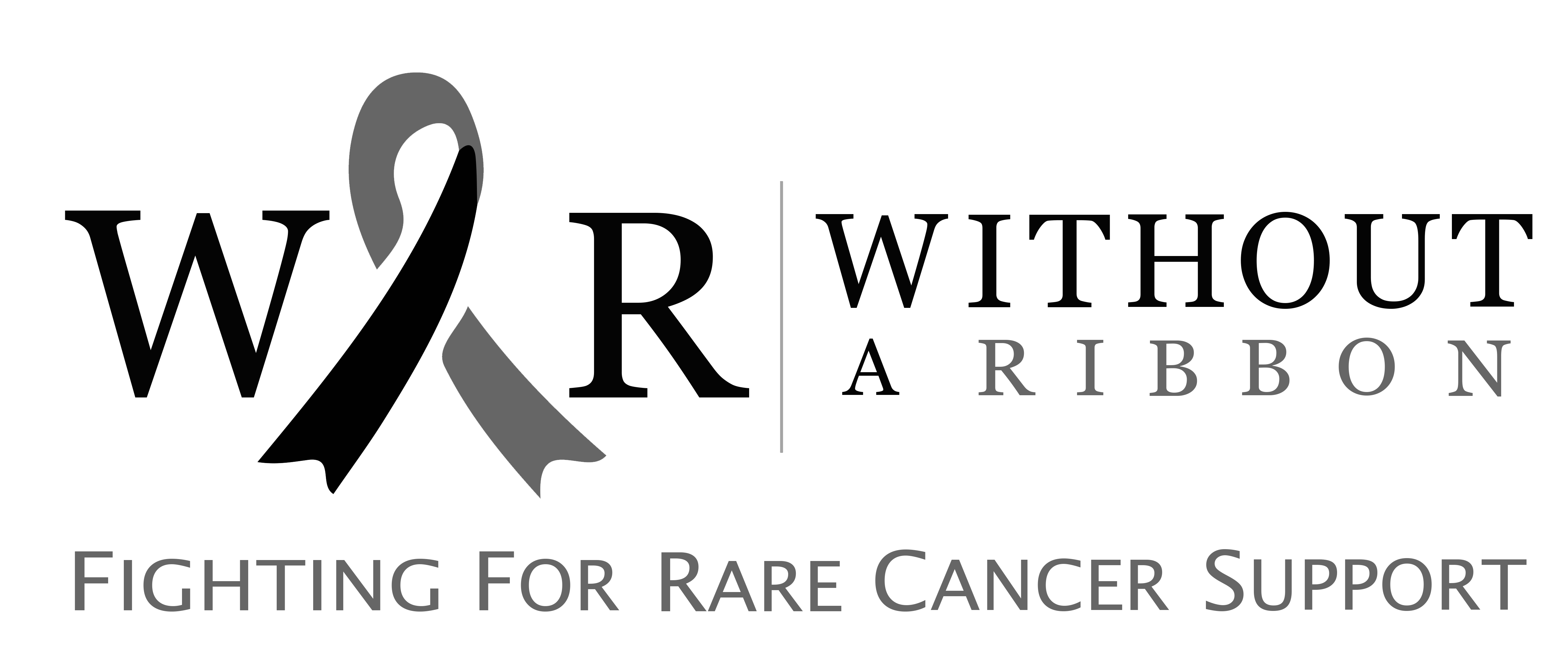What is Plasmacytoid Dendritic Cell Neoplasm?
Blastic Plasmacytoid Dendritic Cell Neoplasm (BPDCN) is a rare and aggressive blood cancer that arises from plasmacytoid dendritic cells—immune cells responsible for combating infections. This malignancy often presents with skin manifestations, such as nodules, rashes, or purple or red lumps. It can also affect other parts of the body, including the bone marrow, lymph nodes, and central nervous system.
Causes
The exact cause of Blastic Plasmacytoid Dendritic Cell Neoplasm is not well understood. However, genetic mutations, particularly those affecting cell development, are believed to play a role in its development. Chromosomal changes leading to the deletion of genes that regulate cell division may also contribute to the disease. Additionally, BPDCN can occur in association with other blood malignancies, such as leukaemia.
Signs and Symptoms
Individuals with BPDCN may experience:
- Skin Changes: The majority of people initially detect skin changes like skin nodules, rashes, or purple or red lumps.
- Tumour Spread: tumour lesions of the skin can spread to the brain, lymph nodes, and bone marrow.
- Low Blood Counts: Low blood count (low blood cells in the body) might cause fatigue, infections, or easy bruising or injury.
Diagnosis
To diagnose BPDCN, doctors may use several methods:
- Skin or Tissue Biopsy: Removing a small sample of the affected tissue to confirm the diagnosis.
- Complete Blood Count (CBC): Assessing the levels of different blood cells.
- Imaging Tests: Procedures like chest X-rays or CT scans to determine the tumour’s location, size, and extent.
Treatment
BPDCN is an aggressive cancer with historically poor outcomes. However, early diagnosis and appropriate treatment can improve prognosis. The main treatment options include:
- Chemotherapy: Utilising drugs to destroy cancer cells.
- Stem Cell Therapy: Replacing diseased bone marrow with healthy stem cells.
Given the complexity and rarity of BPDCN, treatment is often managed at specialised centres with expertise in this malignancy. A multidisciplinary approach, involving hematologists, oncologists, and dermatologists, is essential to optimise patient outcomes.
You can help us with your donation:
Without a Ribbon is a charity that works hard to aid those who suffer from rare cancers. You can help our cause in a variety of ways:

